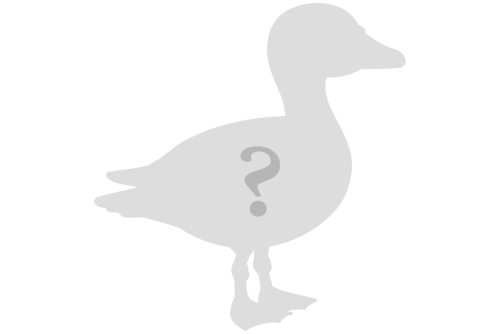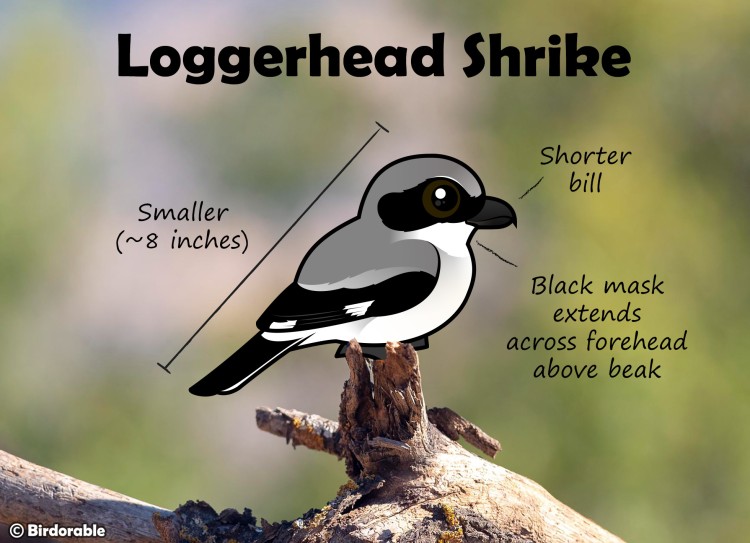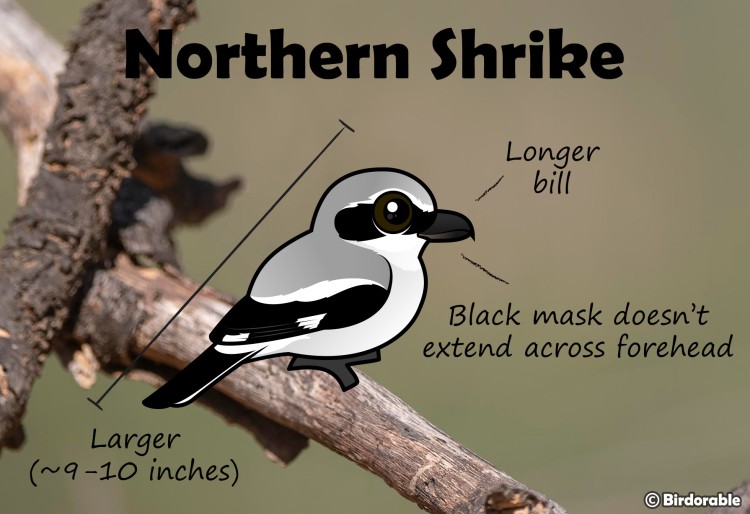2023 Bonanza Bird #2
Exploring the Charms of the Bokmakierie: Southern Africa's Singing Bush-Shrike
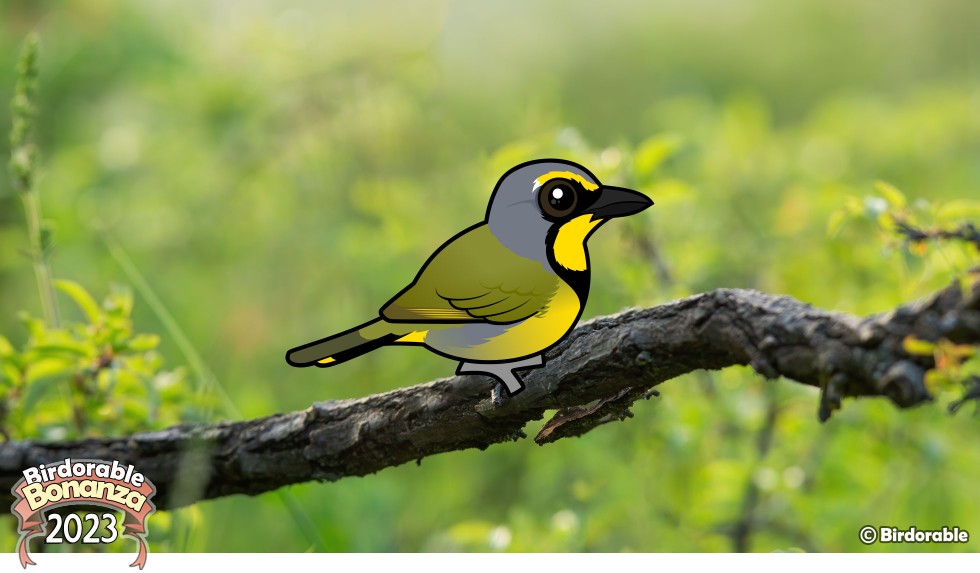
Today a striking bird from southern Africa joins Birdorable. It's the Bokmakierie!
The Bokmakierie is a vibrant and charismatic bird that's as interesting as it is melodious.
Native to Southern Africa, the Bokmakierie is a bush-shrike, known for its striking yellow and green plumage and a loud, melodious call. The name 'Bokmakierie' actually mimics the sound of its song, which is a unique way nature names itself! This bird is not only a visual treat with its bright colors but also an auditory delight. Its duets, often performed in pairs with a far-carrying voice and liquid-like song in a back-and-forth pattern, are a common and cheerful presence in scrublands and open grasslands of South Africa.
Once a pair of Bokmakierie get together, both the male and female are involved in building their nest, which is a neat cup shape hidden in dense bushes. They work together from incubation to raising their young, which is a beautiful example of teamwork in the wild.
In a world that's increasingly urban, the Bokmakierie reminds us of the diverse and vibrant life that thrives in the wilderness. If you ever find yourself in the South African bushveld, listen out for the distinctive call of the Bokmakierie. It's not just a call; it's a song that narrates the story of the untamed African landscapes.
Cute Bokmakierie gifts
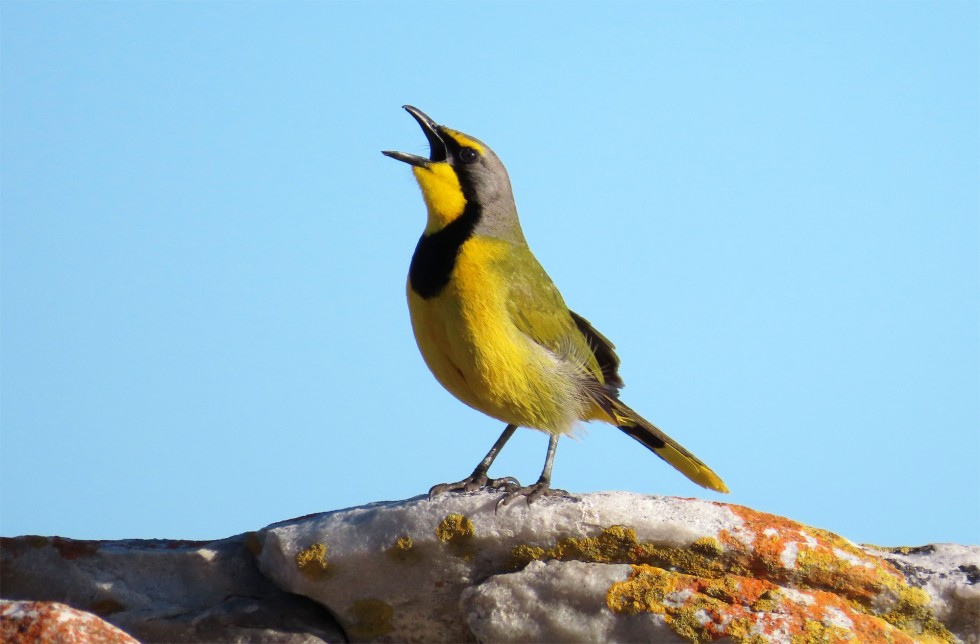
Bokmakierie at Aghulas National Park in South Africa
Guess tomorrow's bird ...
Get ready to meet our mystery bird for tomorrow! This bird is named after a country. Originally hailing from the wetlands and savannas of Africa, it's made a remarkable journey and can now be found in various parts of the world. Can you guess what bird it might be?
